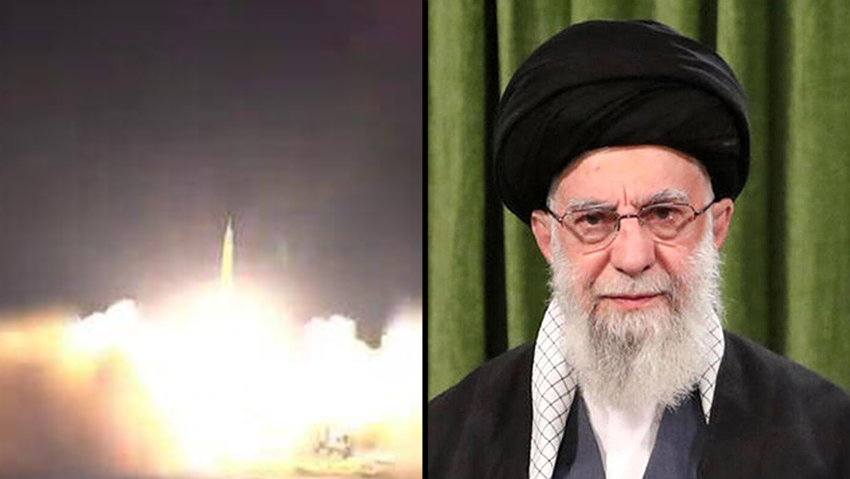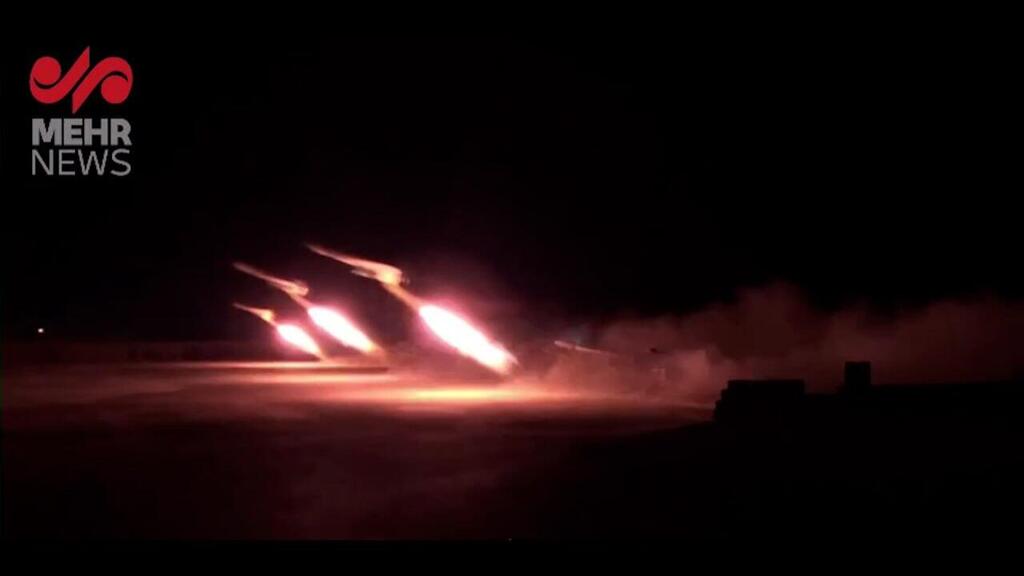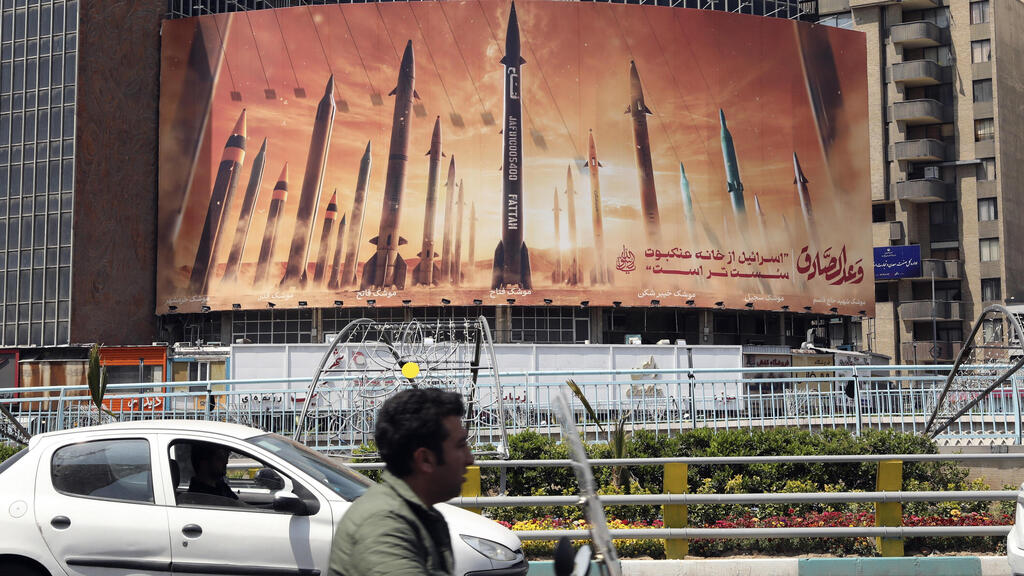Getting your Trinity Audio player ready...
I will go out on a limb here and say that the level of anxiety, might I say panic, that has spread to large parts of the Israeli public, should be taken down a notch.
Iran and its proxies have amassed a considerable capability to fire rockets, missiles, and drones. They might strike the Golan Heights and the Galilee, and perhaps try to target Jewish and Israeli people and institutions around the world, at the same time, Tehran has been under heavy pressure to limit its plans of attack and its revenge.
The Iranians will likely launch an "open conflict," against Israel that could last two or three days, based on the international efforts of its regime and the statements of its senior officials and commanders. The attacks will be launched by its proxies as well and will attempt to challenge the U.S.-led coalition and Israeli defenses, but the attack will be measured and not very destructive.
This assessment is based on the knowledge that Iran is weak and its regime is concerned over its instability. If the Israeli home front were badly hit, Israel would be easily able to target at least 30% of Iran's oil industry.
Israel will also quite easily destroy Iran's dams causing not only drought but a shortage of drinking water that would require the population to receive it in rations. Iranian ports, the country's lifeline to the world, are large and more vulnerable than the ports of Haifa and Ashdod.
Not all of Iran's nuclear facilities are underground and its military production sites, including its drone production plants, are known to Israel's intelligence and air force and are also susceptible to attack, in a manner that would threaten the regime's stability and that is reason for restraint.
In addition, Israel and the U.S. forces have a multi-layer air defense system that includes detection mechanisms, not only radars and a proven ability to intercept incoming threats as demonstrated during the April Iranian attack on Israel.
Iran's purpose in that attack was to signal to Israel that Tehran would not hesitate to start a direct war. That message was received in Jerusalem, but the 300 missiles caused little damage and drones fired at the time.
This time the Iranians will not announce when and how they intend to attack. They will likely try to confuse intercept systems by firing many projectiles, of varied ranges, simultaneously requiring the systems to identify and respond to the threats quickly, which can lead to mistakes. In such a scenario, some missiles and drones may escape intercept.
Iran's attack is more than revenge for the assassination of Hamas political leader Ismail Haniyeh in Tehran last week. The regime must prove its strength to its citizens to survive. At the same time Iran is aware of the coalition of American, British French and likely moderate Arab nations that has been established to join in Israel's defense.
In April, only the Emad ballistic missiles managed to breach defenses and land in the Nevatim airbase in the Negev. The Emad's warhead separates from the missile using little wings and a secure navigation system as it zigzags toward its target. The missile requires hours to prepare ahead of its launch. The Iranians have a larger, less accurate ballistic missile - the Kheibar Shekan, considered more dangerous. Because it requires solid fuels it does not need much preparation time on the ground.
Iran will likely first use the Kheibar Shekan ballistic missiles, able to direct their war heads at multiple targets. Although firing numerous missiles would challenge Israel's defense systems that use expensive intercepts, Iran too is limited in the number of launchers in its possession. And while the Iranian arsenal includes some 2,000 long-range ballistic missiles, they are limited in the number of simultaneous launches available because of a smaller amount of launch vehicles. To overcome those problems, Iran will use Shiite militias in Iraq.
The timing of the attack remains unclear. It requires complex preparation and coordination with Iranian proxies in Iraq, Syria, Yemen and Lebanon.




